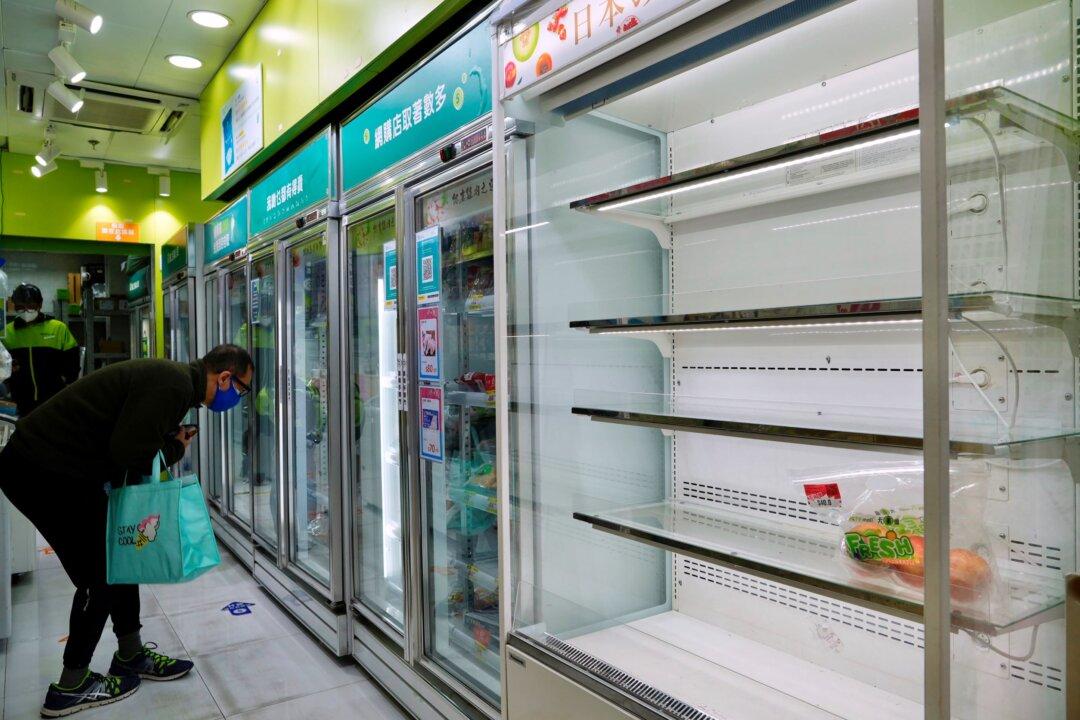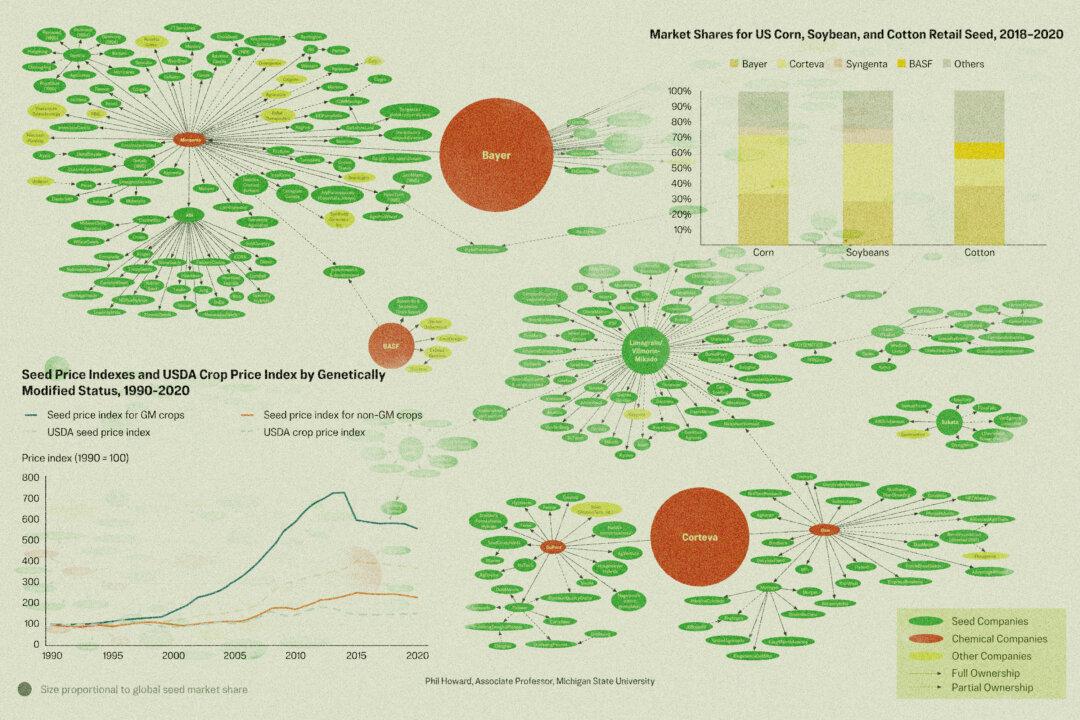As Russian President Vladimir Putin’s attack on Ukraine rolls into its third week, countries worldwide are reeling from a surge in commodity prices since the onset of the conflict.
The cost of oil catapulted to $130 per barrel but dropped on March 16 during an interlude over progress with peace talks between Putin’s administration and Ukraine’s President Volodymyr Zelensky’s government.





